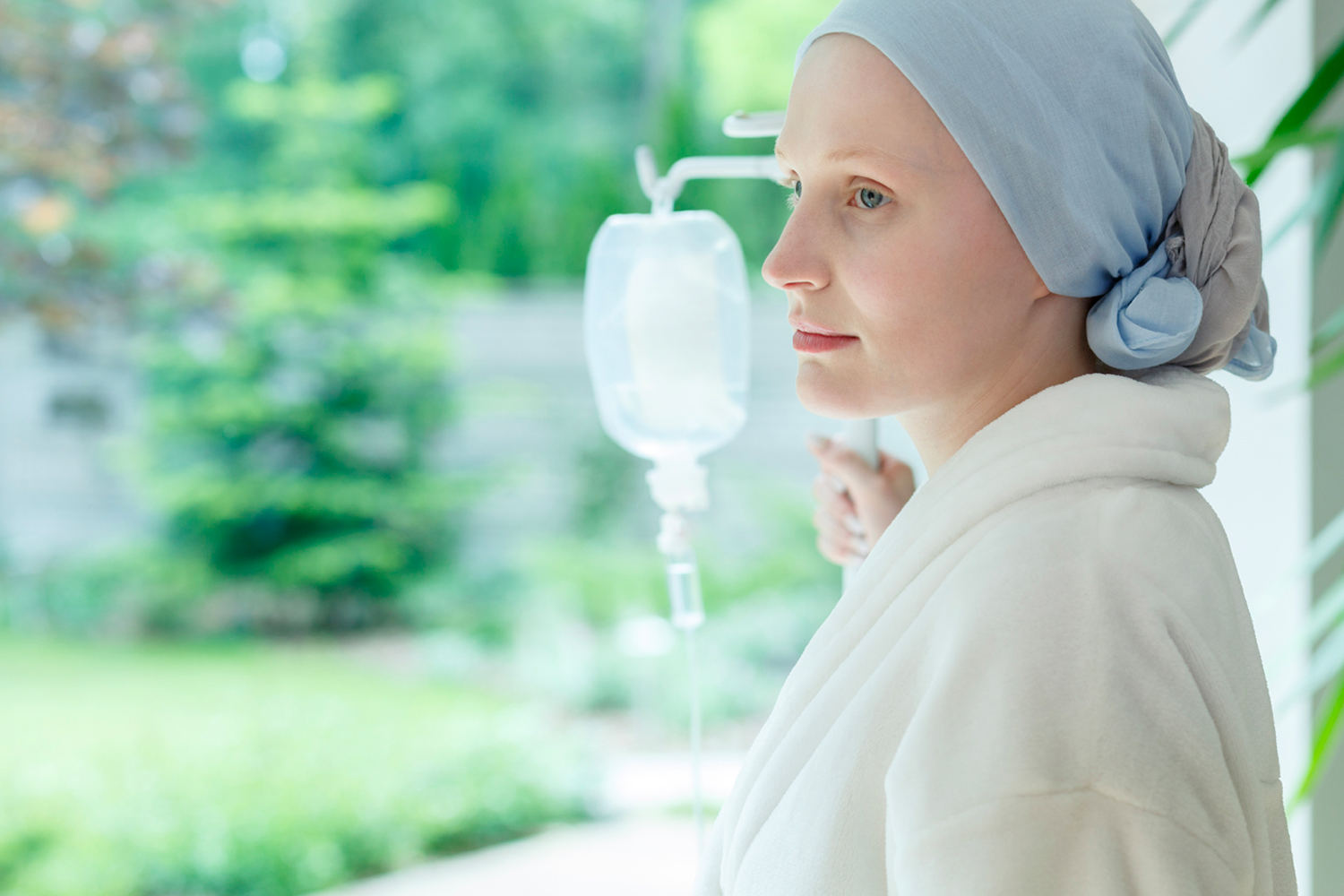FOR YEARS, the standard of care for many women with early-stage triple-negative and HER2-positive breast cancers required chemotherapy to shrink the tumor, followed by surgery and often radiation therapy to destroy any cancer cells that survived.
This treatment regimen, while effective, is grueling. As more people with breast cancer move from initial diagnosis and treatment to survivorship—the American Cancer Society reports 3.8 million people living in the U.S. have had a breast cancer diagnosis—interest has grown in making treatment less toxic.
“Patients care as much about toxicity as they care about efficacy because they’re the ones who live with the consequences,” says Laura Esserman, a breast surgeon and director of the Carol Franc Buck Breast Care Center at the University of California, San Francisco. “The story of breast cancer treatment de-escalation is that the push for safely pursuing less treatment has often come from patients.”
One recent example of treatment de-escalation research was published Oct. 25, 2022, in Lancet Oncology. This study tested whether patients with early-stage triple-negative or HER2-positive breast cancer could safely forgo surgery if a post-chemotherapy biopsy showed no remaining cancer cells.
“This study indirectly grew out of two decades of de-escalation clinical trials and testing strategies that have been a big part in the surgical management of breast cancer,” says Henry Kuerer, a breast surgeon at the University of Texas MD Anderson Cancer Center in Houston and the study’s lead author.
More directly, this study grew out of Kuerer’s previous work, which found that in certain subtypes of breast cancer, including triple-negative and HER2-positive breast cancer, initial chemotherapy kills all the cancer cells in the breast between 50% and 60% of the time. “But radiologists can’t accurately predict [in] which cases … all the cancer in the breast was killed, so we developed a new image-guided protocol to biopsy the region where the tumor was,” he says. “This allowed us to move forward with testing the hypothesis that image-guided biopsy after chemotherapy could select patients where breast surgery could be eliminated.”
This approach makes sense to Esserman, who was not involved with the study. “If you have a tumor that’s so responsive to chemotherapy that it’s completely wiped out from the breast by the time you operate, it’s reasonable to ask whether we as surgeons need to do all the same things we’ve always done,” she says.
Fifty patients enrolled in Kuerer’s study and completed chemotherapy. They then had biopsies to learn whether any cancerous cells remained at the tumor site. When pathologists examined the tissue samples under the microscope, patients whose samples still contained cancer cells went on to have surgery. Patients whose samples showed no evidence of disease were considered to have a pathologic complete response. This group of patients—31 in total—skipped surgery and went straight to radiation therapy.
Kuerer was delighted that 60% of the patients in his small trial were cancer-free following chemotherapy, but the real test is if—and when—those patients will have a breast cancer recurrence. Each of the 31 patients has had follow-up exams including mammography every six months following treatment.
What the researchers have learned to date is promising. “The results so far are quite remarkable because none of these patients with more than two years’ follow-up have had any local or distant recurrences from their breast cancer,” Kuerer says.
But, while the signals so far are good, don’t expect surgeons to be packing up their scalpels anytime soon. “Patients really need to know that this is only a very small study with limited follow-up,” Kuerer says. The study team plans to publish an update when the patients have had three years of follow-up and then again when they reach the five-year follow-up mark.
Kuerer emphasizes that, even if all 31 patients remain cancer-free at five years, more research will still be needed. “Until there are more and larger studies with longer follow-up showing the safety of this technique, breast surgery remains the standard,” he says.
Esserman says clinical trials like Kuerer’s are critically important for someday improving the standard of care so that patients get comparable or better results with less treatment. “We all want our treatments to be more effective and less harmful, and the vast majority of our patients want less treatment if it can be done safely,” she says. “The only way to know is to test de-escalation strategies in trials, one step at a time.”
For his part, Kuerer remains optimistic about the pace of change and discovery in breast cancer treatment de-escalation. “With lumpectomies, it took literally 100 years to do enough research for doctors to accept that they can be a viable alternative to mastectomy,” he says. “Now, the trajectory of innovation will be much faster because we’ve got better technology, better imaging, better biopsy techniques, better systemic therapies and patients who want to work with us to achieve these outcomes.”
Cancer Today magazine is free to cancer patients, survivors and caregivers who live in the U.S. Subscribe here to receive four issues per year.





